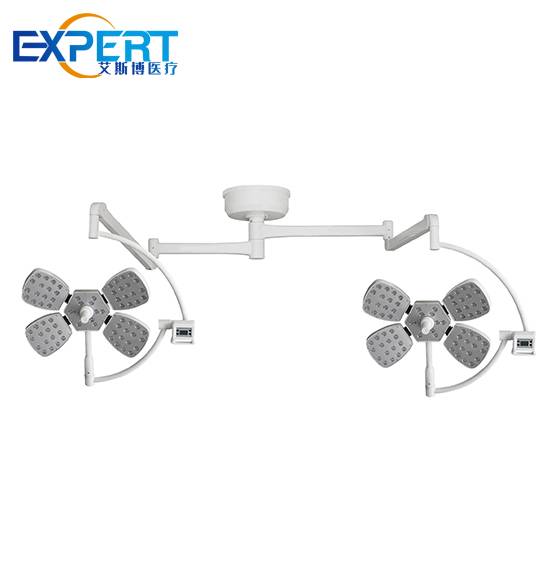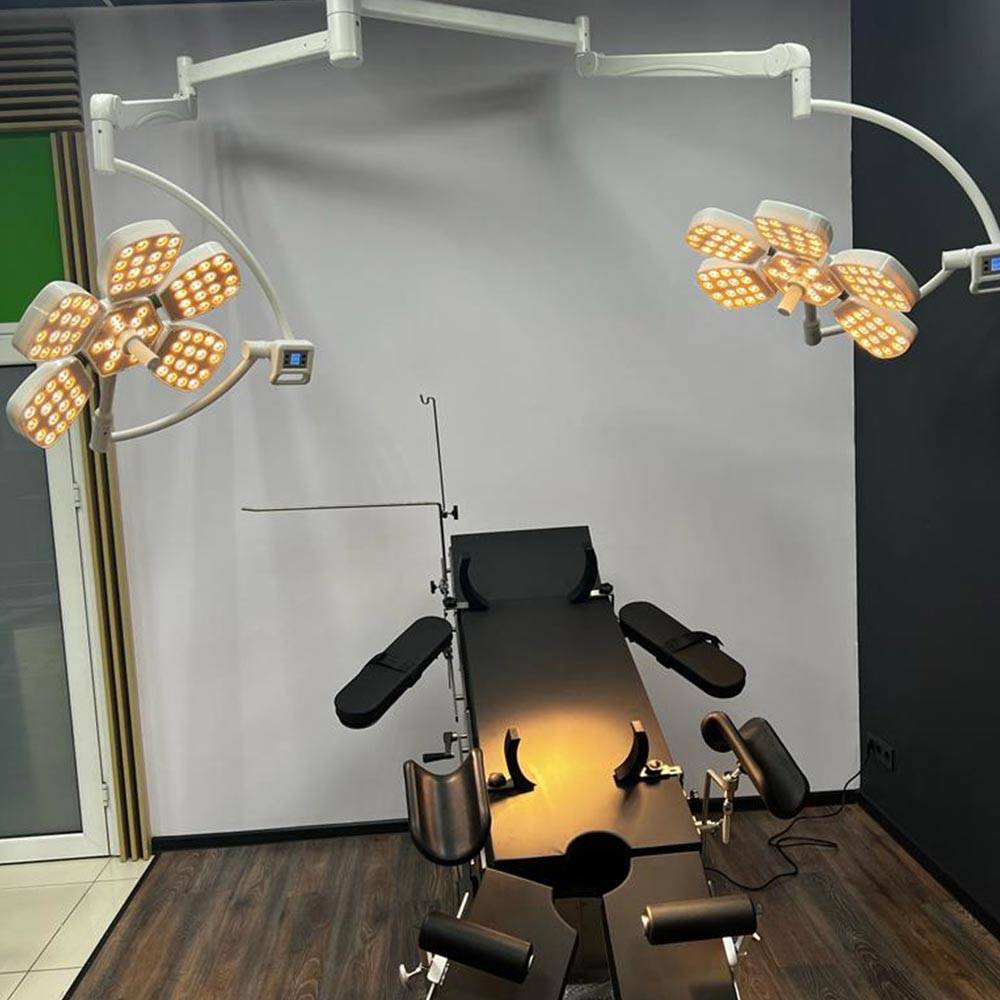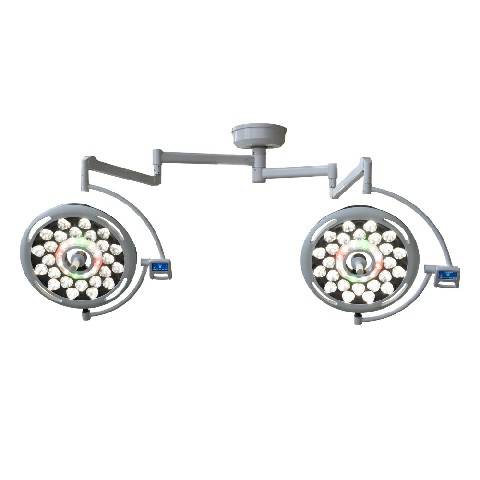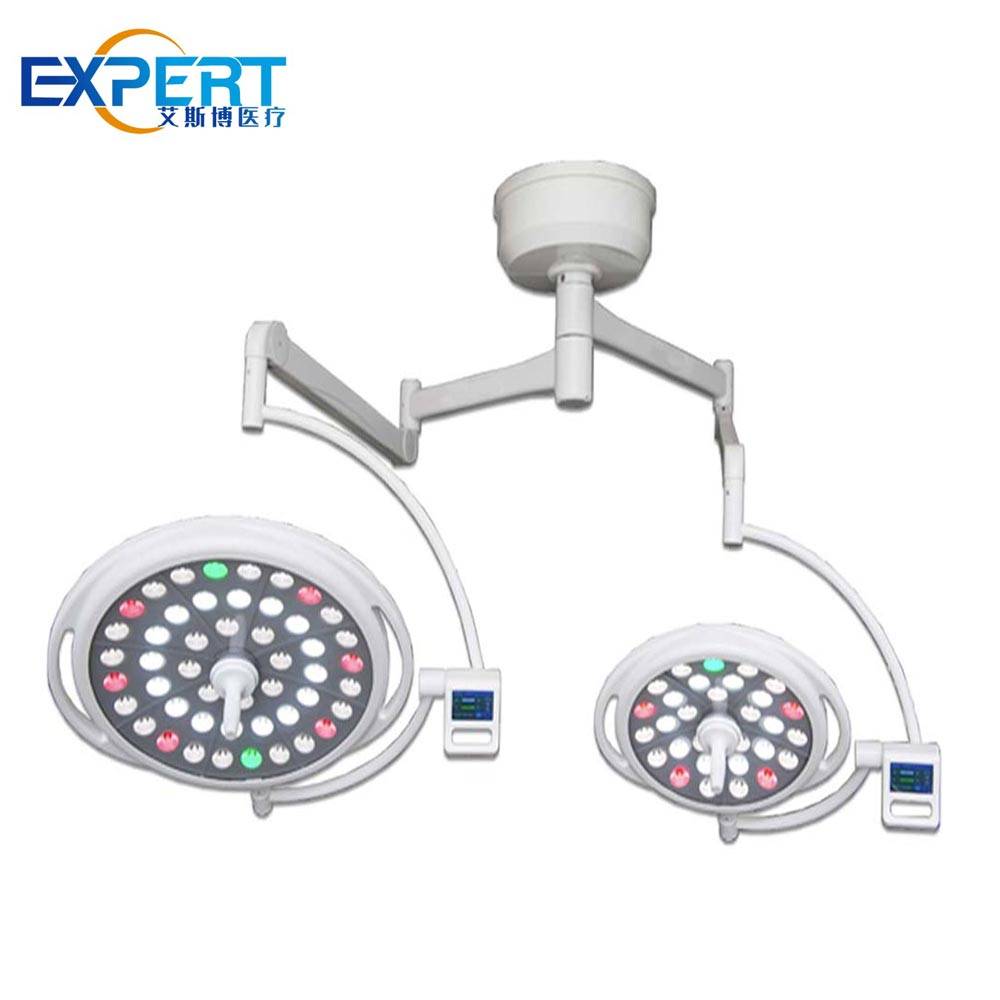Adresse
304, rue Cardinal Nord
Centre Dorchester, MA 02124
Heures de travail
Du lundi au vendredi : 7h - 19h
Week-end : 10h - 17h
Adresse
304, rue Cardinal Nord
Centre Dorchester, MA 02124
Heures de travail
Du lundi au vendredi : 7h - 19h
Week-end : 10h - 17h


In the realm of modern healthcare, the role of operating room lights extends far beyond mere illumination. Operating room lights play a crucial role in optimizing patient outcomes by providing surgeons with the clarity and precision necessary to perform intricate procedures. This comprehensive guide aims to delve into the intricacies of operating room lights, exploring their impact on surgical outcomes and patient safety.
One of the primary concerns with OR lighting is the management of shadows and glare. Shadows can obscure the surgical field, making it difficult for surgeons to see and work effectively. Glare, on the other hand, can cause eye strain and discomfort, leading to fatigue and potentially affecting the surgeon’s performance.
Another critical aspect of OR lights is their heat output. Excessive heat can lead to patient discomfort and even pose a risk of burns, especially during long procedures. Modern OR lights are designed to emit minimal heat, ensuring patient safety and comfort.
The visibility provided by OR lights must be clear and focused. Surgeons need to be able to see fine details, such as blood vessels and nerves, without any obstruction. The lights should be adjustable to accommodate different surgical techniques and procedures.
LED (Light Emitting Diode) technology has revolutionized OR lighting. LEDs are energy-efficient, long-lasting, and produce less heat than traditional lighting sources. They also offer better color rendering, which is crucial for accurate tissue identification.
Advancements in smart lighting systems have introduced features such as motion sensors and voice control, allowing surgeons to adjust lighting without breaking sterility. These systems can also be programmed to adapt to different types of surgeries, providing optimal lighting conditions automatically.
Well-designed OR lighting can contribute to reduced complication rates by enabling surgeons to work more effectively and with greater precision. This can lead to fewer errors and a lower risk of postoperative infections.
With better lighting, surgeons can work more efficiently, potentially reducing the duration of surgeries. This can be particularly beneficial for patients undergoing complex or lengthy procedures, as it can minimize the time they spend under anesthesia.
By minimizing heat and glare, OR lights can enhance patient comfort during surgery. This can lead to a better overall experience for the patient and potentially contribute to faster recovery times.









The performance of operating room lights is influenced by several key factors:
Illumination Intensity: The overall brightness of the light field is crucial for ensuring adequate visibility within the surgical site.Insufficient brightness can lead to shadows, glare, and difficulty distinguishing between tissues, potentially compromising the success of the procedure. Therefore, it is important for surgeons to have access to high-quality lighting systems that can be adjusted to provide the optimal level of illumination for each specific surgical task.
Indice de rendu des couleurs (IRC) : The CRI indicates how accurately the light source renders colors, which is essential for surgeons to distinguish between tissues and blood vessels.
Shadow Control: Minimizing shadows is critical to prevent visual obstructions and ensure clear visibility throughout the surgical field.To achieve this, proper positioning of lights and equipment, as well as maintaining a clean and organized workspace, are essential. Additionally, using reflective surfaces and adjusting the angle of light sources can help minimize shadows and improve overall visibility during surgical procedures.
Depth Perception: Proper lighting should provide sufficient depth perception to allow surgeons to discern the three-dimensional structure of the surgical site.
Field of View: The light field should encompass the entire surgical area, eliminating blind spots and allowing for comprehensive visualization.
To better understand the impact of OR lighting on patient outcomes, let’s examine some data:
| Caractéristique | La description | Impact on Patient Outcomes |
|---|---|---|
| Gestion des ombres | Effective shadow control allows for clear visibility of the surgical field. | Reduced risk of complications |
| Glare Reduction | Minimizing glare prevents eye strain and fatigue in the surgical team. | Précision chirurgicale améliorée |
| Heat Emission Control | Low heat output prevents patient discomfort and potential burns. | Enhanced patient safety |
| Technologie LED | Energy-efficient, long-lasting, and better color rendering. | Improved visibility |
| Systèmes d'éclairage intelligents | Adaptive lighting that responds to surgical needs without compromising sterility. | Enhanced surgical efficiency |

Choosing the appropriate operating room lights for a specific OR environment depends on several factors, including:
Size and Layout of the OR: The size and layout of the OR influence the number and placement of light fixtures.
Types of Surgical Procedures: Different surgical procedures may require varying levels of illumination and color rendering.
Surgeon Preferences: Individual surgeons may have specific preferences regarding light intensity, color temperature, and shadow control.
Considérations budgétaires : Operating room lights range in price depending on their features and capabilities.
Operating Room Lights are more than just a source of illumination; they are a critical tool in optimizing patient outcomes. As technology continues to evolve, we can expect even more sophisticated and intelligent lighting systems that will further enhance the surgical environment. The focus on patient safety, comfort, and surgical efficiency will remain paramount, and OR lights will continue to play a central role in achieving these goals.
What is the primary function of OR lights?
How do LED lights benefit the OR environment?
Can poor OR lighting lead to surgical errors?
How do smart lighting systems improve surgical procedures?
What are the key considerations when choosing OR lighting?